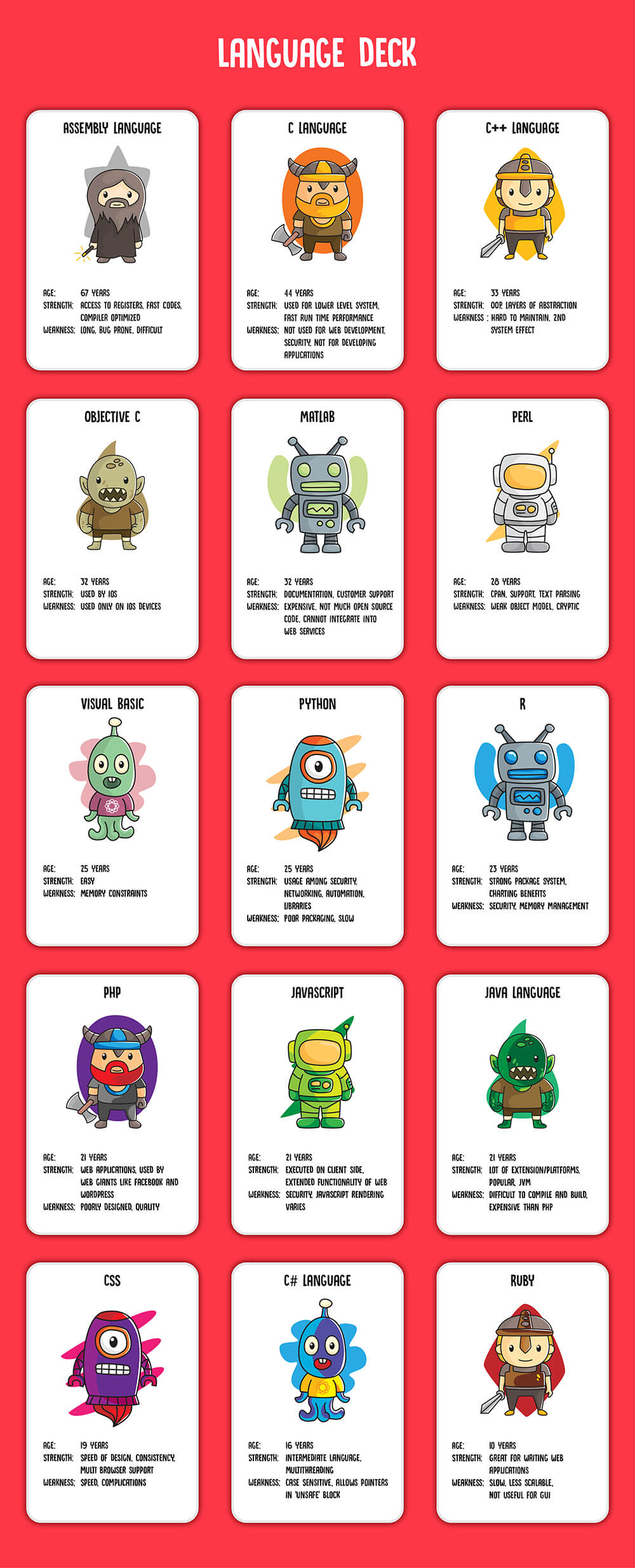Most of the cable network companies use the Disjoint Set Union data structure in Kruskal’s algorithm to find the shortest path to lay cables across a city or group of cities.
Which leads us to this post onthe properties of Disjoint sets union and minimum spanning tree along with their example.
Before we proceed with an example of Kruskal’s algorithm, let’s first understand what disjoint sets are.
What are Disjoint Sets?
A disjoint set is a data structure which keeps track of all elements thatare separated by a number of disjoint (not connected) subsets.
With the help of disjoints sets, you can keep a track of the existence of elements in a particular group.
Let’s say there are 6 elements A, B, C, D, E, and F. B, C, and D are connected and Eand F arepaired together.
This gives us 3 subsets that haveelements (A), (B, C, D), and (E, F).
Disjoint sets help us quickly determine which elements are connected and close and tounite twocomponents into asingle entity.
A disjoint set data structure consists of twoimportant functions:
Find() – It helps to determine which subset a particular element belongs to.
It also helps determine if the element is in more than one subset.
Union() – It helps to check whether a graph is cyclic or not. And helps connect or join two subsets.
Implementation of Disjoint Set
For the previous example, we assumethat for the set (B, C, D), B is a parent node.
For the disjoint set, we keep a single representative for each node.

If we search for an element in a particular node, it leads us to the parent of that particular node.
Therefore, when you search for D, the answer would be B.
Similarly, we can connect the subset (A) to (E, F ) which would result in node Aas the parent node.
Now we have twosubsets, but both B and A don’t have any parent node.
Each tree is an independent disjoint set, that is if twoor more elements are in the same tree, they are part of the same disjoint set, else they are independent.
So if for a particular tree B is a representative, then Parent[i]=B.
If B is not a representative, we can move up the tree to find the parent or representative for the tree.
You can read more here about Basics of Disjoint sets.
What is Kruskal’s algorithm?
Spanning tree is the sum of weights of all the edges in a tree.
A minimum spanning tree (MST) is one which costs the least amongall spanning trees.
Here is an example of aminimum spanning tree.
Kruskal’s Algorithm and Prim’s minimum spanning tree algorithm are two popular algorithms to find the minimum spanning trees.
Kruskal’s algorithm uses the greedy approach for finding a minimum spanning tree.
Kruskal’s algorithm treats every node as an independent tree and connects one with another only if it has the lowest cost compared to all other options available.
Step to Kruskal’s algorithm:
- Sort the graph edges with respect to their weights.
- Start adding edges to the minimum spanning tree from the edge with the smallest weight until the edge of the largest weight.
- Only add edges which don’t form a cycle—edges which connect only disconnected components.
Or as a simpler explanation,
Step 1 – Remove all loops and parallel edges
Step 2 – Arrange all the edges in ascending order of cost
Step 3 – Add edges with least weight
But how do you check whether twovertices are connected or not? That’s where the real-life example of Disjoint Sets come into use.
Kruskal’s algorithm example in detail
I am sure very few of you would be working for acable network company, so let’s make the Kruskal’s minimum spanning tree algorithm problem more relatable.
On your trip to Venice, you plan to visit all the important world heritage sites but are short on time. To make your itinerary work,you decide to use Kruskal’s algorithm using disjoint sets.
Here is amap of Venice.
Let’s simplify the map by converting it into a graph as below and naming important locations on the map with lettersand distance in meters (x 100).
| Cannaregio | Ponte Scalzi | Santa Corce | Dell ‘Orto | Ferrovia | Piazzale Roma | San Polo | Dorso Duro | San Marco | St. Mark Basilica | Castello | Arsenale |
| A | B | C | D | E | F | G | H | I | J | K | L |
Let’s understand how Kruskal’s algorithm is used in the real-world example using the above map.
Step 1- Remove all loops and parallel edges
So for the given map, we have a parallel edge running between Madonna dell’Orto (D) to St. Mark Basilica (J), which is of length 2.4kms(2400mts).
We will remove the parallel road and keep the 1.8km (1800m) length for representation.
Step 2 – Arrange all the edges on the graph in ascending order. Kruskal’s algorithm considers each group as a tree and applies disjoint sets to check how many of the vertices arepart of other trees.
Step 3 –Add edges with least weight; we begin with the edges with least weight/cost. Hence, B, C is connected first considering their edge cost only 1.

I, J has cost 1; it is the edge connected next.
Then, we connect edges with weight = 2.
Similarly, we connect node K, Lwhich has an edge with weight = 3.
As given in the table above, all the edges are connected in ascending order, ensuring no loop or cycle is formed between 2 vertices.
Thisgives us the following graph, which is the minimum spanning tree forthe given problem.
Here Kruskal’s algorithm using C++
#include <iostream>
#include <vector>
#include <utility>
#include <algorithm>
using namespace std;
const int MAX = 1e4 + 5;
int id[MAX], nodes, edges;
pair <long long, pair<int, int> > p[MAX];
void initialize()
{
for(int i = 0;i < MAX;++i)
id[i] = i;
}
int root(int x)
{
while(id[x] != x)
{
id[x] = id[id[x]];
x = id[x];
}
return x;
}
void union1(int x, int y)
{
int p = root(x);
int q = root(y);
id[p] = id[q];
}
long long kruskal(pair<long long, pair<int, int> > p[])
{
int x, y;
long long cost, minimumCost = 0;
for(int i = 0;i < edges;++i)
{
// Selecting edges one by one in increasing order from the beginning
x = p[i].second.first;
y = p[i].second.second;
cost = p[i].first;
// Check if the selected edge is creating a cycle or not
if(root(x) != root(y))
{
minimumCost += cost;
union1(x, y);
}
}
return minimumCost;
}
int main()
{
int x, y;
long long weight, cost, minimumCost;
initialize();
cin >> nodes >> edges;
for(int i = 0;i < edges;++i)
{
cin >> x >> y >> weight;
p[i] = make_pair(weight, make_pair(x, y));
}
// Sort the edges in the ascending order
sort(p, p + edges);
minimumCost = kruskal(p);
cout << minimumCost << endl;
return 0;
}
After understanding how Kruskal’s algorithm works, it’s important to understand the difference between MST and TSP.
Minimum Spanning Tree vs. Traveling Salesman problem
A minimum spanning tree helps you build a tree which connects all nodes, or as in the case above, all the places/cities with minimum total weight.
Whereas, a traveling salesman problem (TSP) requires you to visit all the places while coming back to your starting node with minimum total weight.
Following are some of the other real-life applications ofKruskal’s algorithm:
- Landing Cables
- TV Network
- Tour Operations
If you understood the example and working with disjoint sets, you are all set to join the CodeMonk challenge on the Disjoint Sets Union.




















































